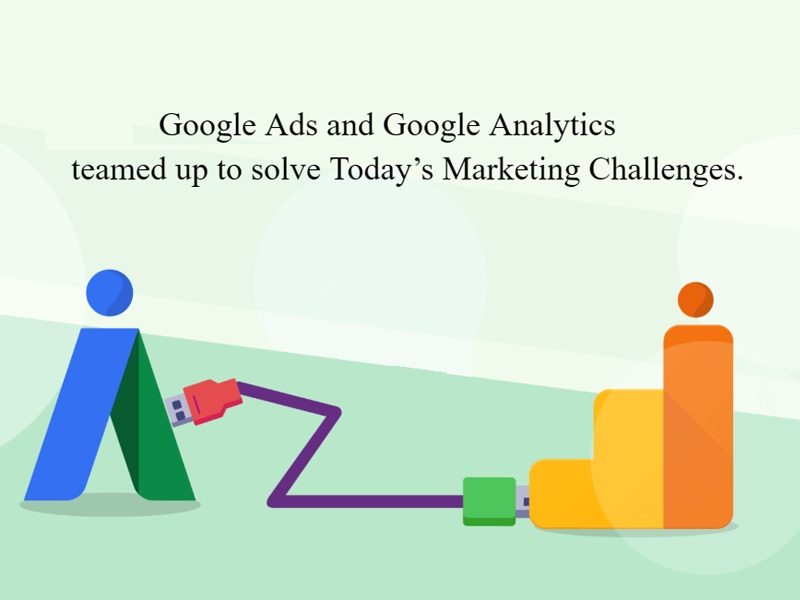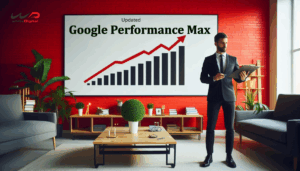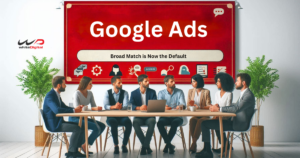With the advancement in technology, everything has changed. This change has mainly affected the marketing funnel as well; the path customers choose to reach a product. To keep up with customers, marketers have fully involved themselves in delivering a personalized experience and fast-paced customer journey.
“Today’s customer journeys might resemble anything from a pyramid to an hourglass —and according to a study conducted by Google and Verto Analytics; no two journeys look the same.” – Google
Benefits of linking Google Analytics and Google Ads

Better Bid Optimization
When you connect Google Analytics and Google Ads you will be able to access a new set of Google Ads reports in the Analytics account. This report is more useful for marketers in identifying the path chosen by customers to convert. Using this report you can measure what happens after users click on to your Ads. So that you can determine which works and which one doesn’t and modify accordingly to improve the campaign results.
For instance, have you ever noticed in Analytics why specific keywords are reaching the users to convert and some are not? If that is the scenario, then you can increase your bids for those high-performing keywords in Google Ads. You can also discover why users did not convert, by reviewing the bounce rates and site engagement metrics and identifying the reason why the audience left without converting.
Tailor your Ads according to Audience

When you combine Ads and Analytics, it is easier to modify your Ads according to the audiences.
For instance; “Say you want to reach high value cart abandoners, which you’ve defined as customers who’ve added at least five products to their shopping cart but haven’t completed a purchase. First, build an Analytics audience based on that behavior, then create a search or display campaign in Google Ads that delivers a special promotion to them — encouraging a conversion.” – Google
By using this method, you can capture those cart abandoners to convert.
Advanced Machine Learning
As you already know Google Analytics uses machine learning to gather information out of your campaign’s raw data, and surface insights instantly. Analytics also answers to your basic questions like “Where is my traffic coming from? “What’s the average time spent on this landing page on mobile versus desktop?” you will be able to receive instant answers to any questions you ask.
Smart lists also make use of machine learning in identifying valuable customers. Smart lists use a variety of signals from your analytics data that includes location, device, browser, session duration, and page depth. Based on this data it identifies audiences who are more likely to convert. Smart lists also dynamically manage the Google Ads campaign to meet these audiences.
Therefore make use of this opportunity in collaborating with your Google Ads and Google Analytics to solve all the marketing challenges.
Reference
- http://services.google.com/fh/files/misc/analytics_ads_guide.pdf
- https://support.google.com/google-ads/answer/7519537?hl=en
- https://support.google.com/google-ads/answer/1704341?co=ADWORDS.IsAWNCustomer%3Dfalse&hl=en-AU
- https://marketingplatform.google.com/about/resources/linking-analytics-and-ads-solution-to-todays-marketing-challenges/













